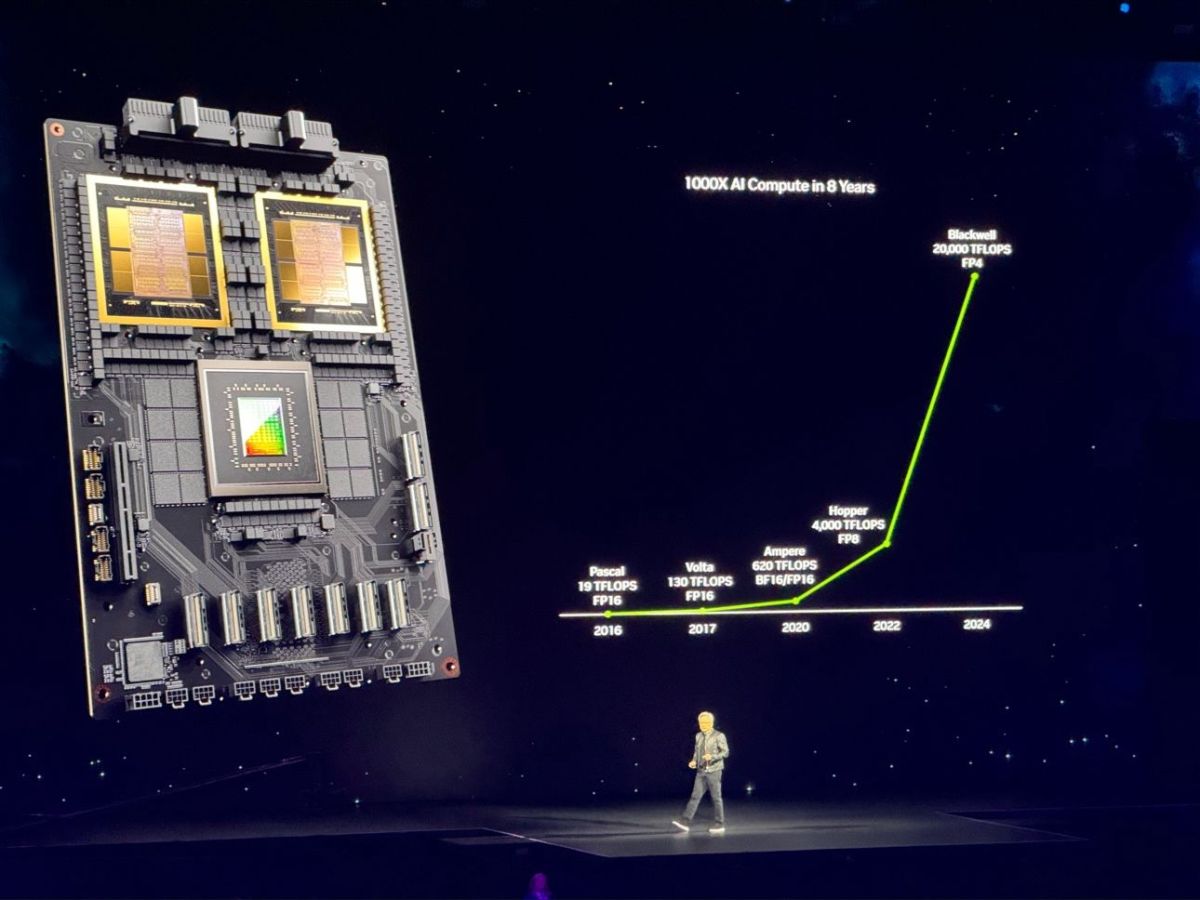Headline: Embracing AI on the Edge: Transforming Enterprises’ Environmental Impact
Introduction:
In a groundbreaking move, enterprises are increasingly turning to the placement of Artificial Intelligence (AI) on the edge to not only optimize their operations but also achieve substantial reductions in power consumption and environmental footprints. This innovative approach is revolutionizing the business landscape, while simultaneously contributing to a sustainable future.
Embracing AI on the Edge:
AI on the edge refers to the deployment of AI algorithms and processing capabilities directly on devices or within close proximity, such as Internet of Things (IoT) devices. This shift eliminates the need for data to travel back and forth to the cloud, reducing latency and enabling real-time decision-making. As a result, enterprises can unlock enhanced efficiency, improved performance, and reduced costs.
Significant Cost Savings and Environmental Benefits:
By embracing AI on the edge, enterprises can experience a substantial decrease in their power bills. Traditional cloud-based AI solutions consume substantial amounts of energy due to the continuous data transfers and extensive processing required. AI on the edge eliminates the need for such heavy data transfers, resulting in lower energy consumption and, consequently, reduced power bills.
Furthermore, the environmental benefits of this approach cannot be understated. Lower energy consumption translates into reduced carbon emissions and environmental impacts. With sustainability becoming a significant focus worldwide, enterprises integrating AI on the edge are positioning themselves as leaders in corporate responsibility.
Enhanced Performance and Real-Time Decision-Making:
The placement of AI on the edge enables enterprises to harness the power of real-time data analytics and decision-making. With AI algorithms embedded directly in devices, the latency caused by data transfer to the cloud is eliminated. This instantaneous processing allows for immediate responses to critical situations, enhancing operational efficiency, and optimizing business processes.
Advancements in hardware technology have facilitated the implementation of AI on the edge and made it more accessible to enterprises across various industries. Moreover, the continued evolution of AI algorithms and machine learning capabilities ensures that the benefits of this approach can be leveraged to their fullest potential.
Impact on the Business Landscape:
Enterprises that embrace AI on the edge gain a competitive edge by adopting cutting-edge technology that provides real-time insights and responses. This transformative approach empowers businesses to make data-driven decisions swiftly, improving their agility and responsiveness to market demands.
Moreover, by reducing dependency on cloud-based AI, enterprises bolster their data privacy and security. Sensitive information remains within the confines of their network, mitigating potential risks associated with data breaches and unauthorized access.
Conclusion:
The integration of AI on the edge represents a pivotal moment for enterprises looking to optimize their operations and reduce their environmental impact. With substantial cost savings, enhanced performance, and a sustainable outlook, this revolutionary approach is reshaping the business landscape. Embracing AI on the edge allows enterprises to position themselves as leaders in both technological advancements and corporate responsibility, driving them towards a prosperous and sustainable future.

I’m a highly experienced and respected author in the field of cryptocurrency. I have been writing about Bitcoin, Ethereum, Litecoin and other digital currencies for over 5 years which is widely regarded as one of the most knowledgeable and reliable sources of information in this area.








